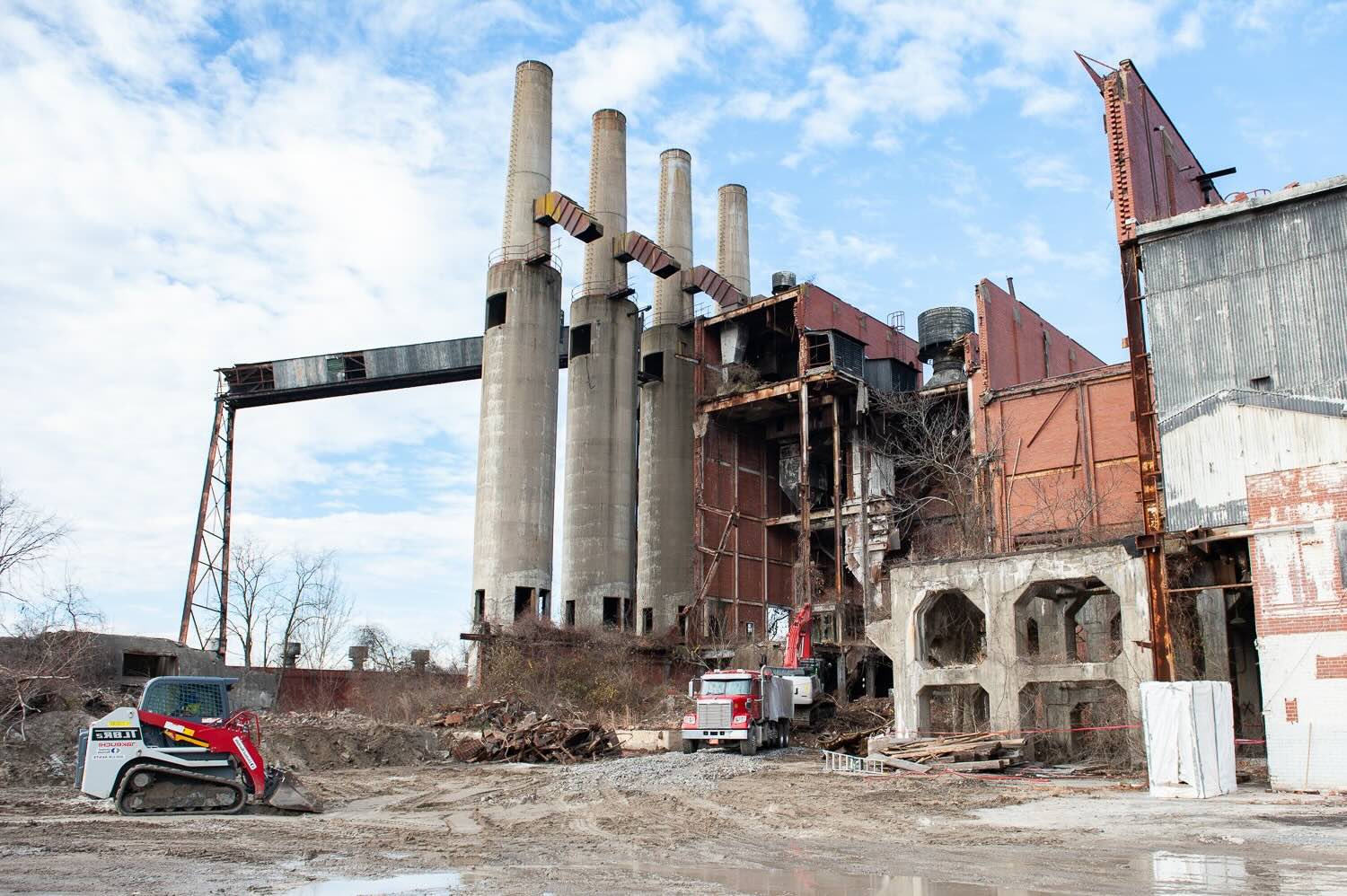
Brownfield sites are parcels of land previously used for industrial or commercial purposes, now potentially contaminated by hazardous waste or pollution. Why should we care about brownfield sites? They offer unique opportunities for urban renewal and economic development. Cleaning up and redeveloping these areas can transform blighted neighborhoods into thriving communities. However, the process involves navigating complex environmental regulations and significant financial investment. Understanding the challenges and benefits of brownfield redevelopment is crucial for city planners, developers, and residents alike. In this article, we’ll explore 29 fascinating facts about brownfield sites, shedding light on their history, impact, and potential for future growth.
What Are Brownfield Sites?
Brownfield sites are previously developed lands that are not currently in use. These areas often have old buildings or infrastructure and may be contaminated. Let's dive into some fascinating facts about these unique locations.
-
Brownfield sites can be found in urban, suburban, and rural areas. They are not limited to one type of environment.
-
These sites often have a history of industrial or commercial use, such as factories, warehouses, or gas stations.
-
The term "brownfield" contrasts with "greenfield," which refers to undeveloped land.
-
Redeveloping brownfield sites can reduce urban sprawl by reusing existing land instead of developing new areas.
-
Cleaning up and reusing brownfield sites can increase property values in surrounding neighborhoods.
Environmental Impact of Brownfield Sites
Brownfield sites can have significant environmental impacts. Understanding these effects is crucial for proper management and redevelopment.
-
Contaminants like heavy metals, petroleum products, and chemicals are common in brownfield sites.
-
These contaminants can seep into the soil and groundwater, posing risks to human health and the environment.
-
Remediation, or cleaning up, of brownfield sites often involves removing contaminated soil or treating it to neutralize harmful substances.
-
Phytoremediation, using plants to absorb contaminants, is an eco-friendly method for cleaning up brownfield sites.
-
Redeveloping brownfield sites can create green spaces, such as parks or community gardens, which benefit the environment and local residents.
Economic Benefits of Redeveloping Brownfield Sites
Redeveloping brownfield sites can bring numerous economic benefits to communities. Let's explore some of these advantages.
-
Redevelopment can create jobs in construction, environmental cleanup, and new businesses that move into the area.
-
Brownfield redevelopment can attract investment and stimulate economic growth in surrounding areas.
-
Governments often provide grants, tax incentives, and other financial assistance to encourage brownfield redevelopment.
-
Reusing existing infrastructure, such as roads and utilities, can reduce the costs of redevelopment compared to developing new sites.
-
Successful brownfield projects can serve as models for other communities looking to revitalize their own brownfield sites.
Challenges in Redeveloping Brownfield Sites
Despite the benefits, redeveloping brownfield sites comes with its own set of challenges. Here are some of the hurdles faced during these projects.
-
Identifying and assessing the extent of contamination can be time-consuming and expensive.
-
Cleanup costs can be high, especially for sites with extensive contamination.
-
Liability concerns can deter developers, as they may be held responsible for any remaining contamination.
-
Securing funding for brownfield projects can be challenging, particularly for smaller communities with limited resources.
-
Coordinating between multiple stakeholders, such as government agencies, developers, and community members, can be complex.
Success Stories of Brownfield Redevelopment
Despite the challenges, many brownfield sites have been successfully redeveloped. These success stories highlight the potential of these projects.
-
The High Line in New York City is a famous example of a brownfield site transformed into a popular urban park.
-
Pittsburgh's SouthSide Works, a former steel mill site, has been redeveloped into a mixed-use area with shops, offices, and housing.
-
London's Olympic Park was built on a brownfield site, transforming a previously neglected area into a world-class sports venue.
-
The Gas Works Park in Seattle, once a gasification plant, is now a beloved public park with stunning views of the city.
-
The Menomonee Valley in Milwaukee, once an industrial wasteland, has been revitalized with new businesses, parks, and trails.
Future of Brownfield Redevelopment
The future of brownfield redevelopment looks promising, with new technologies and approaches emerging to tackle these sites.
-
Advances in environmental science and technology are making it easier and more cost-effective to clean up contaminated sites.
-
Community involvement in brownfield projects is increasing, ensuring that redevelopment meets local needs and priorities.
-
Sustainable development practices, such as green building techniques and renewable energy, are being incorporated into brownfield projects.
-
Governments and organizations worldwide are recognizing the importance of brownfield redevelopment for sustainable urban growth.
Final Thoughts on Brownfield Sites
Brownfield sites hold a lot of potential. They’re often overlooked but can be transformed into vibrant spaces. Redeveloping these areas helps the environment by cleaning up pollution and reducing urban sprawl. It also boosts local economies by creating jobs and attracting businesses. Communities benefit from new parks, housing, and commercial spaces. However, redevelopment can be challenging due to contamination and legal issues. It requires careful planning, investment, and collaboration between governments, developers, and communities. Despite the hurdles, the rewards are worth it. Brownfield sites offer a chance to revitalize neglected areas, making them valuable assets. So, next time you see an abandoned lot, think about the possibilities. With the right approach, these sites can become thriving parts of our cities.
Was this page helpful?
Our commitment to delivering trustworthy and engaging content is at the heart of what we do. Each fact on our site is contributed by real users like you, bringing a wealth of diverse insights and information. To ensure the highest standards of accuracy and reliability, our dedicated editors meticulously review each submission. This process guarantees that the facts we share are not only fascinating but also credible. Trust in our commitment to quality and authenticity as you explore and learn with us.
